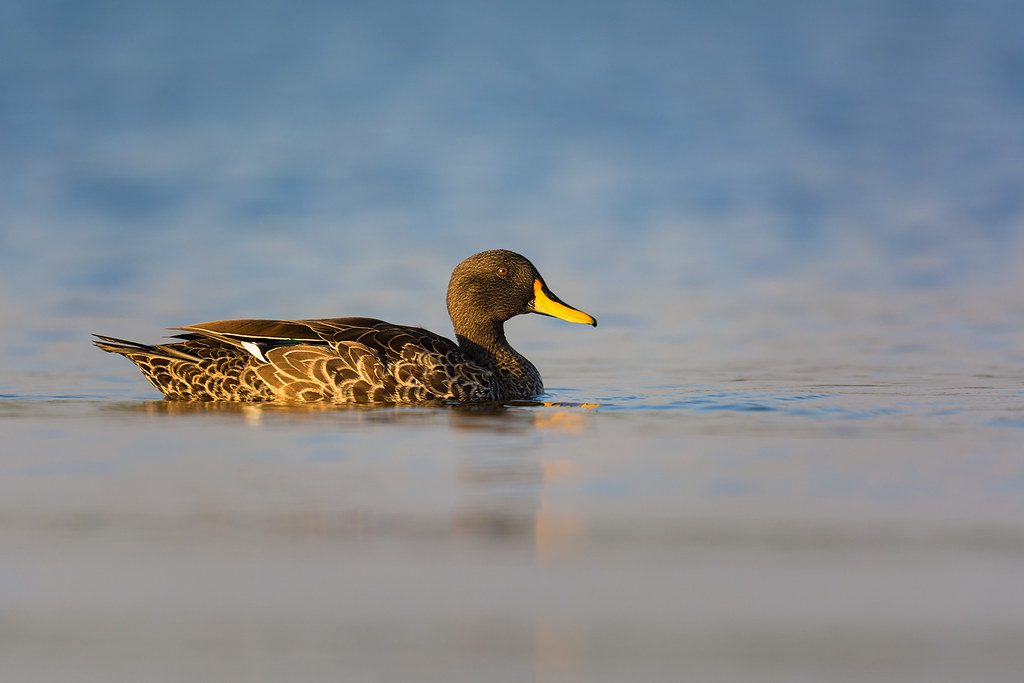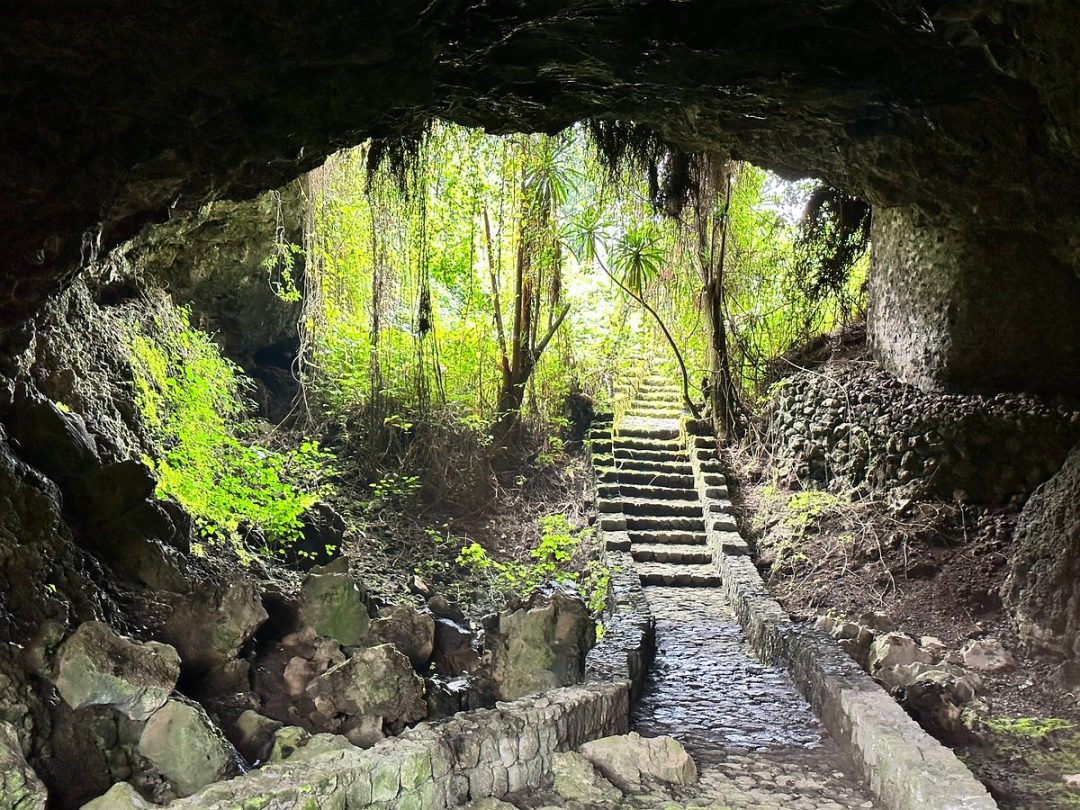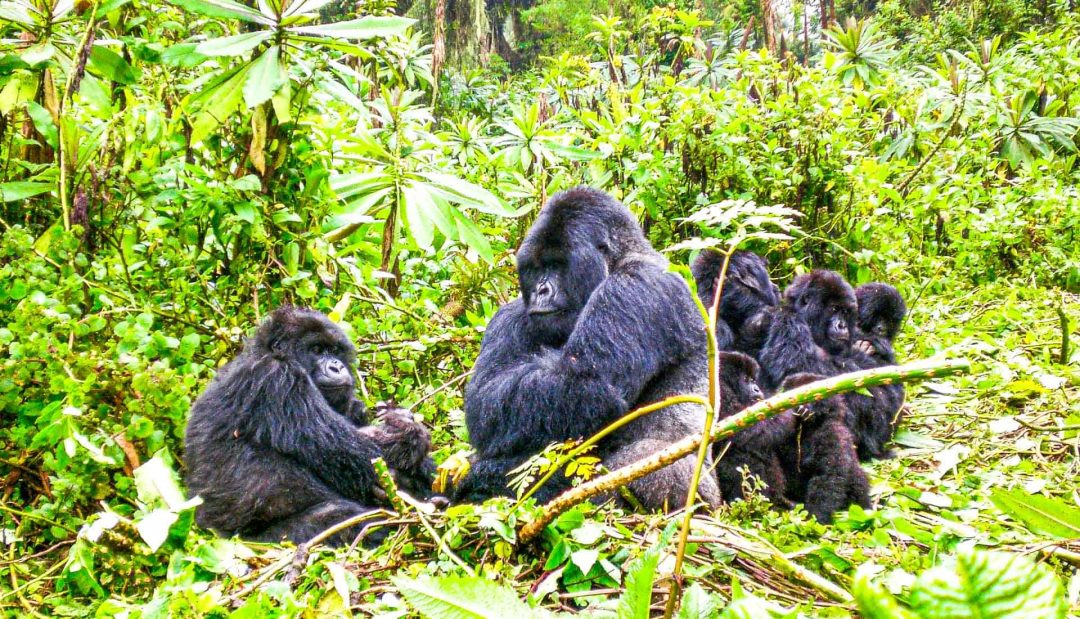Birding in Mabamba Wetland

Mabamba Bay Wetland is the premier birding location and a Ramsar site in Uganda, situated on
the edge of Lake Victoria in the Wakiso and Mpigi districts to the south of central Uganda. You
can access it by road via Masaka Road, taking a turn onto Buyenge Road, covering a total
distance of about 50 kilometers, or you may opt to reach it by boat on Lake Victoria. The
wetland's proximity to Lake Victoria provides ideal conditions for birds, particularly those that
thrive near water. A visit to Mabamba Bay Wetland offers you an opportunity to discover
various bird species, including the rare Shoebill Stork, which is only found in a limited number
of areas, as well as the Papyrus Gonolek, Black-headed Heron, African Open-billed Stork,
African Marsh Harrier, Pied Kingfisher, Black Kite, Malachite Kingfisher, and Swamp
Flycatcher, among others.
Mabamba swamp is a haven for 300 bird species including threatened and migratory bird
species. Birding in Mabamba is done using a wooden boat under the guidance of a birder to help
you spot various bird species and give information about them.
The most sought-after Bird in Mabamba
The shoebill stork is the most sought-after Bird in Mabamba with its distinctive shoe-shaped bill
and haunting, prehistoric calls, the shoebill stork is a creature of mystery and intrigue. This
majestic bird, with its imposing stature and piercing gaze, is a sight to behold, and yet, it remains
one of the most sought-after and rarely seen species in the avian world.
The shoebill stork is a large and impressive bird, with a distinctive size that sets it apart from
other wading birds. On average, the shoebill stork measures 110-140 cm (43-55 in) in height,
making it one of the tallest birds in the world.
The shoebill stork's call is a unique and haunting sound that is often described as a loud,
booming "krek-krek-krek" or a low, guttural "hoo-hoo-hoo
The shoebill stork's habitat also features shallow water, typically less than 1 meter deep, which
allows the birds to wade and forage for food with ease.
The female shoebill stork lays a single egg, which is incubated for approximately 30 days, with
both parents taking turns to incubate the egg and care for the chick. After hatching, the chick is
fed and cared for by both parents and takes around 60-90 days to fledge, after which it becomes
independent and starts its breeding cycle.
Best time for birding in the Mabamba swamp
September and March are perfect for Birding in the Mabamba swamp and Uganda. During this
period, there are various migratory birds mostly from Europe, and chances of viewing. Birding is
more rewarding during the morning around 7 am and evening. However, if seeking a shoebill
you should target 7 am when fishing is not yet active.
Accessibility
Mabamba Swamp is accessible via Kampala Masaka highway and Kampala Entebbe highway
Kampala-Masaka highway
Drive via Masaka and branch off from Buyenge drive through Kasanje to Mabamba
Entebbe
Drive to the Nakiwogo landing site and hire a boat to take you to the Kasanje landing site via
Lake Victoria upon reaching the Kasanje landing site, you will drive for 20 minutes to reach
Mabamba swamp.
At Jeisking Tours, we provide an opportunity for birding enthusiasts to explore the habitats of
Uganda’s renowned bird species, ranging from open savannahs to mountains, valleys, swamps,
forests, lakes, rivers, and various national parks. Book with us through
gorillaugandasafaribookings@gmail.com



